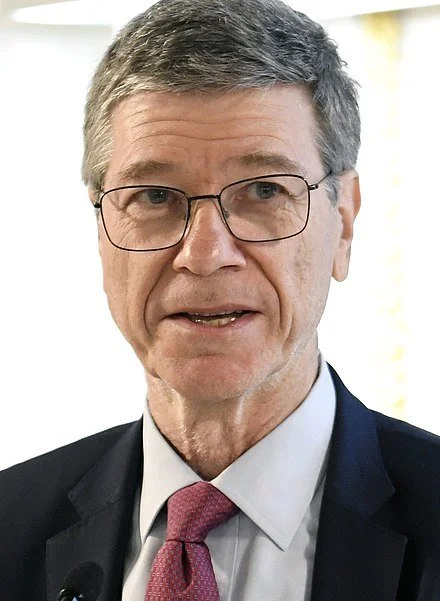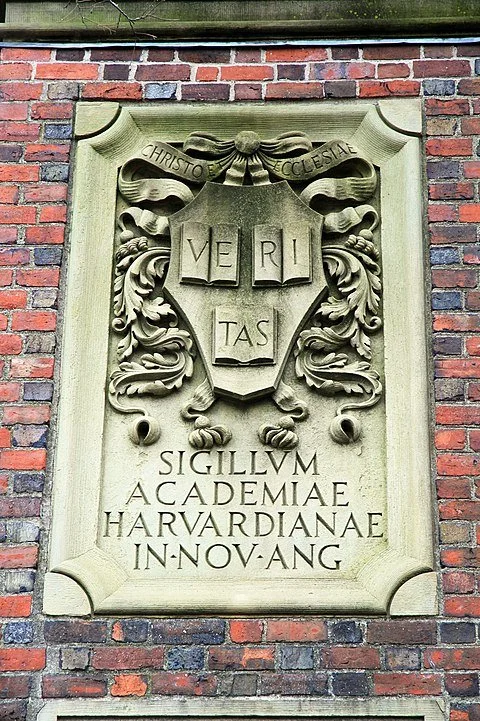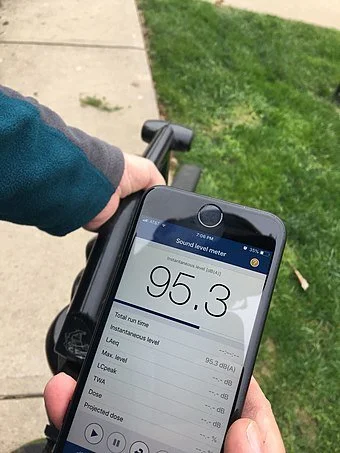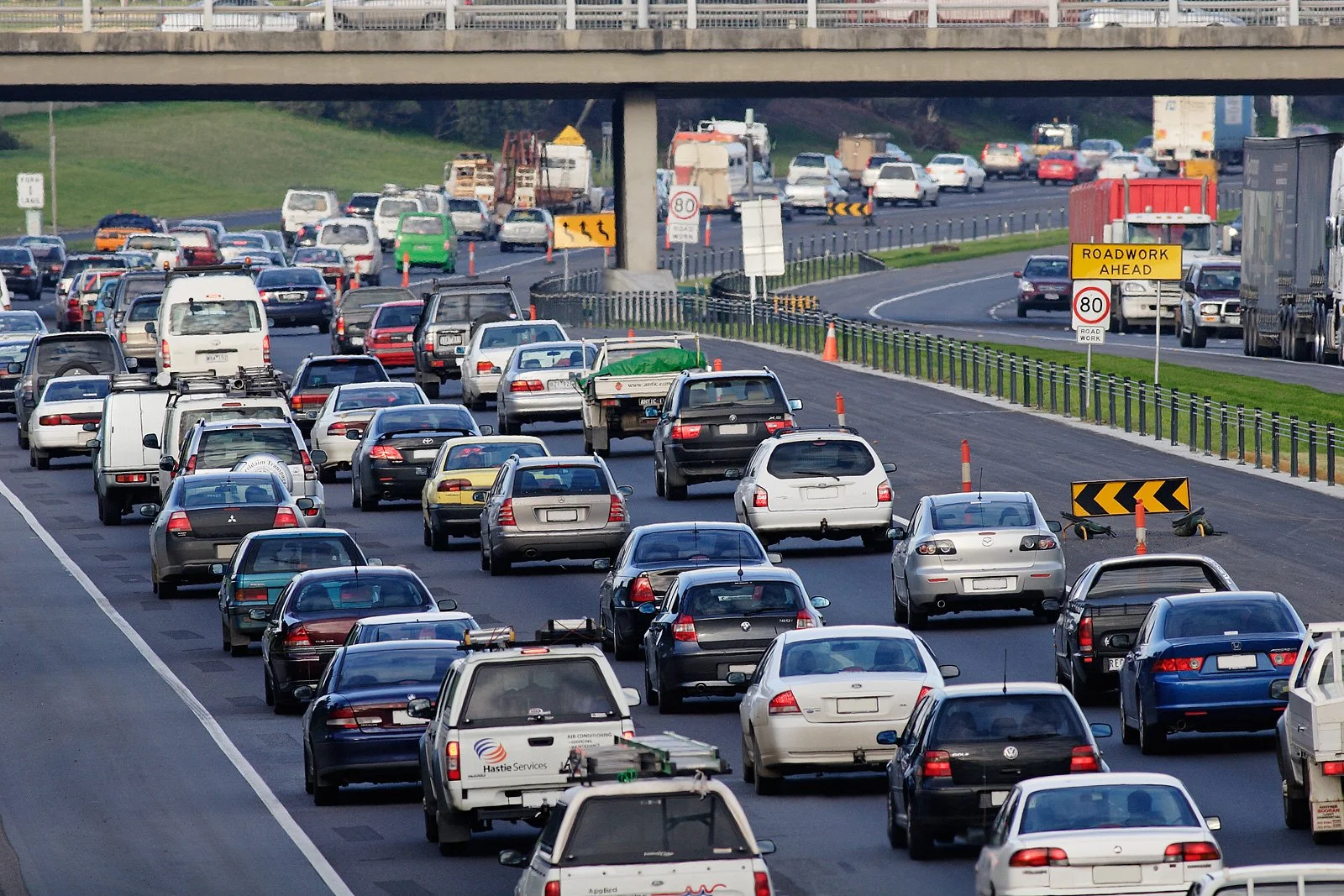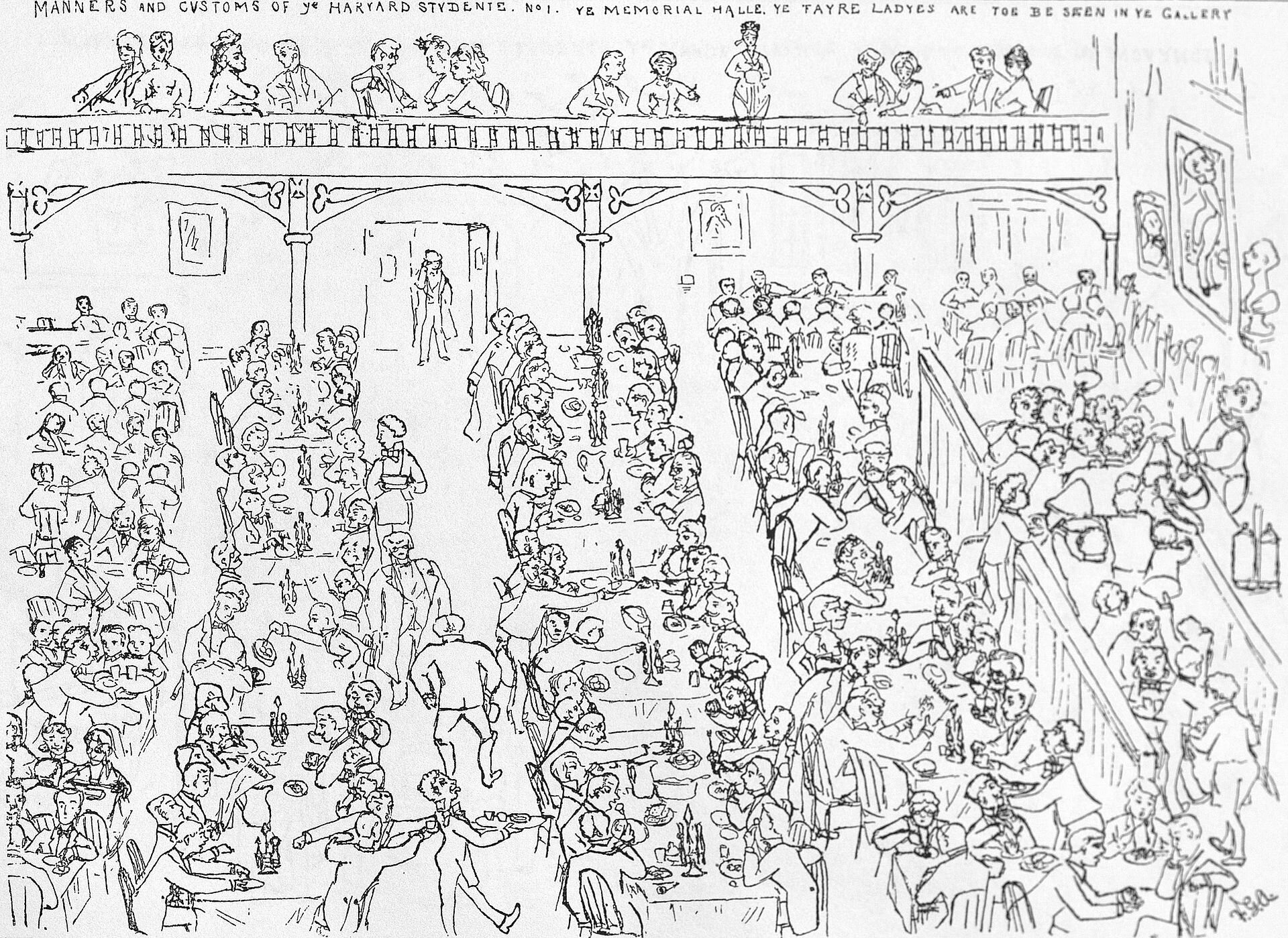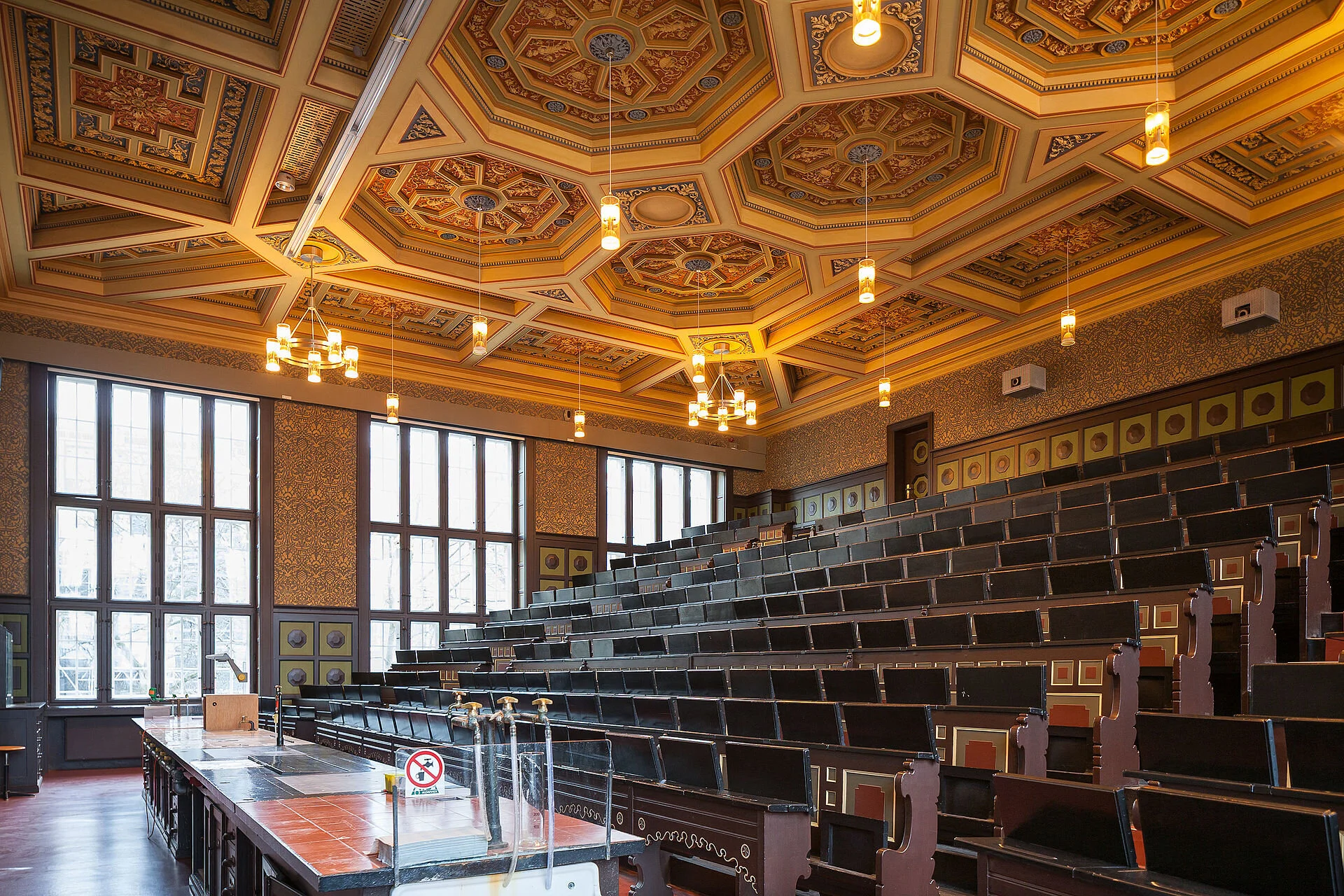From Kaiser Health News
When there’s a loud noise, the auditory system signals that something is wrong, triggering a fight-or-flight response in the body and flooding it with stress hormones that cause inflammation and can ultimately lead to disease.
— Peter James, an assistant professor of environmental health at Harvard University’s T.H. Chan School of Public Health.
SACRAMENTO
Mike Thomson’s friends refuse to stay over at his house anymore.
Thomson lives about 50 yards from a busy freeway that bisects California’s capital city, one that has been increasingly used as a speedway for high-speed races, diesel-spewing big rigs, revving motorcycles — and cars that have been illegally modified to make even more noise.
About the only time it quiets down is Saturday night between 3 and 4 a.m., Thomson said.
Otherwise, the din is nearly constant, and most nights, he’s jolted out of sleep five or six times.
“Cars come by and they don’t have mufflers,” said Thomson, 54, who remodels homes for a living. “It’s terrible. I don’t recommend it for anyone.”
Thomson is a victim of noise pollution, which health experts warn is a growing problem that is not confined to our ears, but causes stress-related conditions like anxiety, high blood pressure, and insomnia.
California legislators passed two laws in 2022 aimed at quieting the environment. One directs the California Highway Patrol to test noise-detecting cameras, which may eventually issue automatic tickets for cars that make noise above a certain level. The other forces drivers of illegally modified cars to fix them before they can be re-registered.
“There’s an aspect of our society that likes to be loud and proud,” said state Sen. Anthony Portantino (D-Glendale), author of the noise camera law. “But that shouldn’t infringe on someone else’s health in a public space.”
Most states haven’t addressed the assault on our eardrums. Traffic is a major driver of noise pollution — which disproportionately affects disadvantaged communities — and it’s getting harder to escape the sounds of leaf blowers, construction, and other irritants.
California’s laws will take time and have limited effect, but noise control experts called them a good start. Still, they do nothing to address overhead noise pollution from circling police helicopters, buzzing drones, and other sources, which is the purview of the federal government, said Les Blomberg, executive director of the Noise Pollution Clearinghouse.
In October 2021, the American Public Health Association declared noise a public health hazard. Decades of research links noise pollution with not only sleep disruption, but also a host of chronic conditions such as heart disease, cognitive impairment, depression, and anxiety.
“Despite the breadth and seriousness of its health impacts, noise has not been prioritized as a public health problem for decades,” the declaration says. “The magnitude and seriousness of noise as a public health hazard warrant action.”
When there’s a loud noise, the auditory system signals that something is wrong, triggering a fight-or-flight response in the body and flooding it with stress hormones that cause inflammation and can ultimately lead to disease, said Peter James, an assistant professor of environmental health at Harvard University’s T.H. Chan School of Public Health.
Constant exposure to noise increases the risk of heart disease by 8% and diabetes by 6%, research shows. The European Environment Agency estimated in 2020 that noise exposure causes about 12,000 premature deaths and 48,000 cases of heart disease each year in Western Europe.
While California Highway Patrol officials will spend the next few years researching noise cameras, they acknowledge that noise from street racing and so-called sideshows — where people block off intersections or parking lots to burn out tires or do “doughnuts” — has surged over the past several years and disturbs people right now.
Cars in California are supposed to operate at 95 decibels — a little louder than a leaf blower or lawn mower — or less. But drivers often modify their cars and motorcycles to be louder, such as by installing “whistle tips” on the exhaust system to make noise or removing mufflers.
In 2021, the last full year for which data is available, the highway patrol issued 2,641 tickets to drivers for excessive vehicle noise, nearly double 2018’s 1,400 citations.
“There’s always been an issue with noise coming from exhausts, and it’s gained more attention lately,” said Andrew Poyner, a highway patrol captain. “It’s been steadily increasing over the past several years.”
The American Public Health Association says the federal government should regulate noise in the air, on roads, and in workplaces as an environmental hazard, but that task has mostly been abandoned since the federal Office of Noise Abatement and Control was defunded in 1981 under President Ronald Reagan.
Now the task of quieting communities is mostly up to states and cities. In California, reducing noise is often a byproduct of other environmental policy changes. For instance, the state will ban the sale of noisy gas-powered leaf blowers starting in 2024, a policy aimed primarily at reducing smog-causing emissions.
One of the noise laws approved in California in 2022, AB 2496, will require owners of vehicles that have been ticketed for noise to fix the issue before they can re-register them through the Department of Motor Vehicles. Currently, drivers can pay a fine and keep their illegally modified cars as they are. The law takes effect in 2027.
The other law, SB 1097, directs the highway patrol to recommend a brand of noise-detecting cameras to the legislature by 2025. These cameras, already in use in Paris, New York City, and Knoxville, Tenn., would issue automatic tickets if they detected a car rumbling down the street too loudly.
Originally, the law would have created pilot programs to start testing the cameras in six cities, but lawmakers said they wanted to go slower and approved only the study.
Portantino said he’s frustrated by the delay, especially because the streets of Los Angeles have become almost unbearably loud.
“It’s getting worse,” Portantino said. “People tinker with their cars, and street racing continues to be a problem.”
The state is smart to target the loudest noises initially, the cars and motorcycles that bother people the most, Blomberg said.
“You can make every car coming off the line half as loud as it is right now and it would have very little impact if you don’t deal with all the people taking their mufflers off,” he said. “That outweighs everything.”
Traffic noise doesn’t affect everyone equally. In a 2017 paper, James and colleagues found that nighttime noise levels were higher in low-income communities and those with a large proportion of nonwhite residents.
“We’ve made these conscious or subconscious decisions as a society to put minority-race communities and lower-income communities who have the least amount of political power in areas near highways and airports,” James said.
Elaine Jackson, 62, feels that disparity acutely in her neighborhood, a low-income community in northern Sacramento sandwiched between freeways.
On weekends, sideshows and traffic noise keep her awake. Her nerves are jangled, she loses sleep, her dogs panic, and she generally feels unsafe and forgotten, worried that new development in her neighborhood would just bring more traffic, noise, and air pollution.
Police and lawmakers don’t seem to care, she said, even though she and her neighbors constantly raise their concerns with local officials.
“It’s hard for people to get to sleep at night,” Jackson said. “And that’s a quality-of-life issue.”
Rachel Bluth is a Kaiser Health News reporter.
rbluth@kff.org, @RachelHBluth








